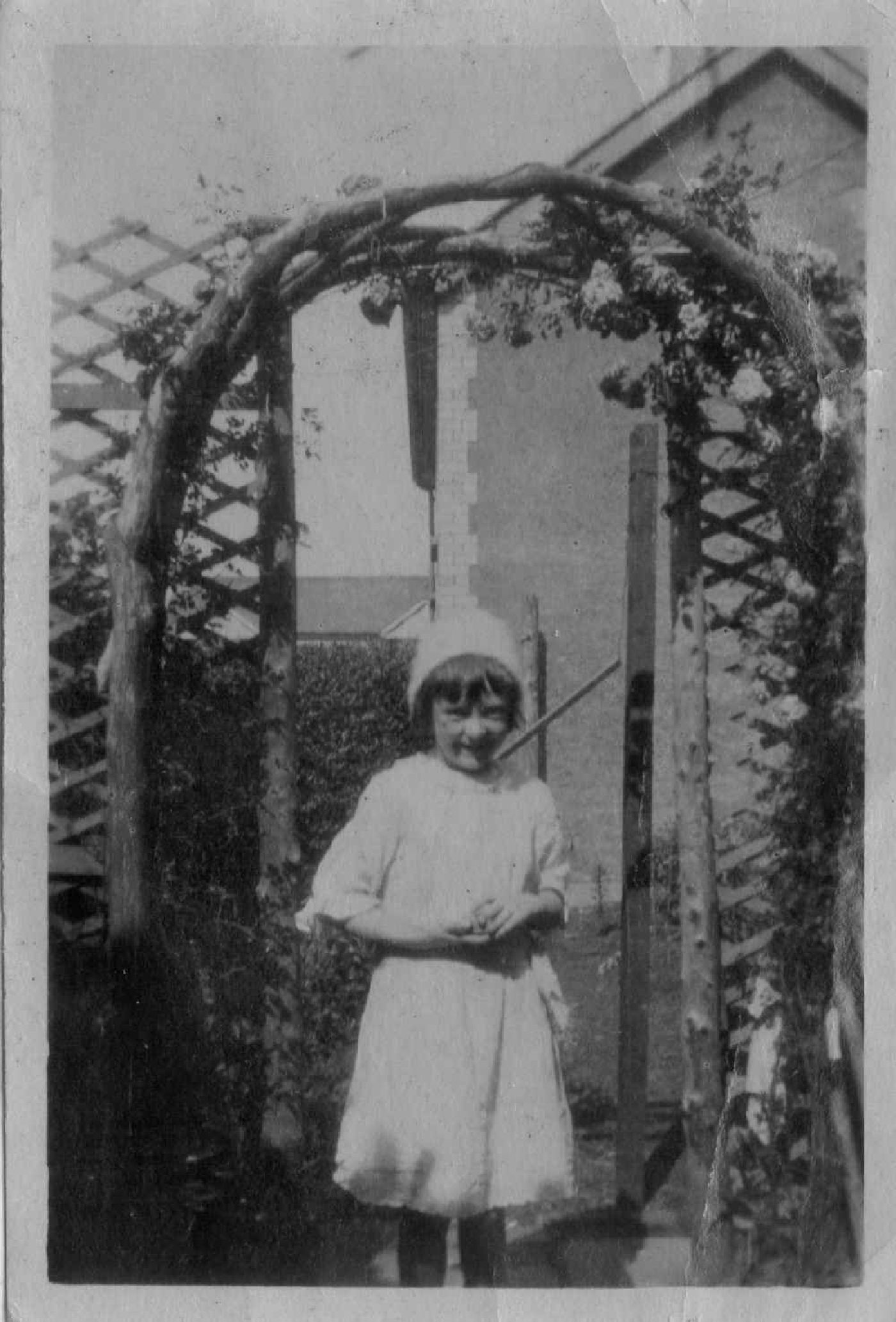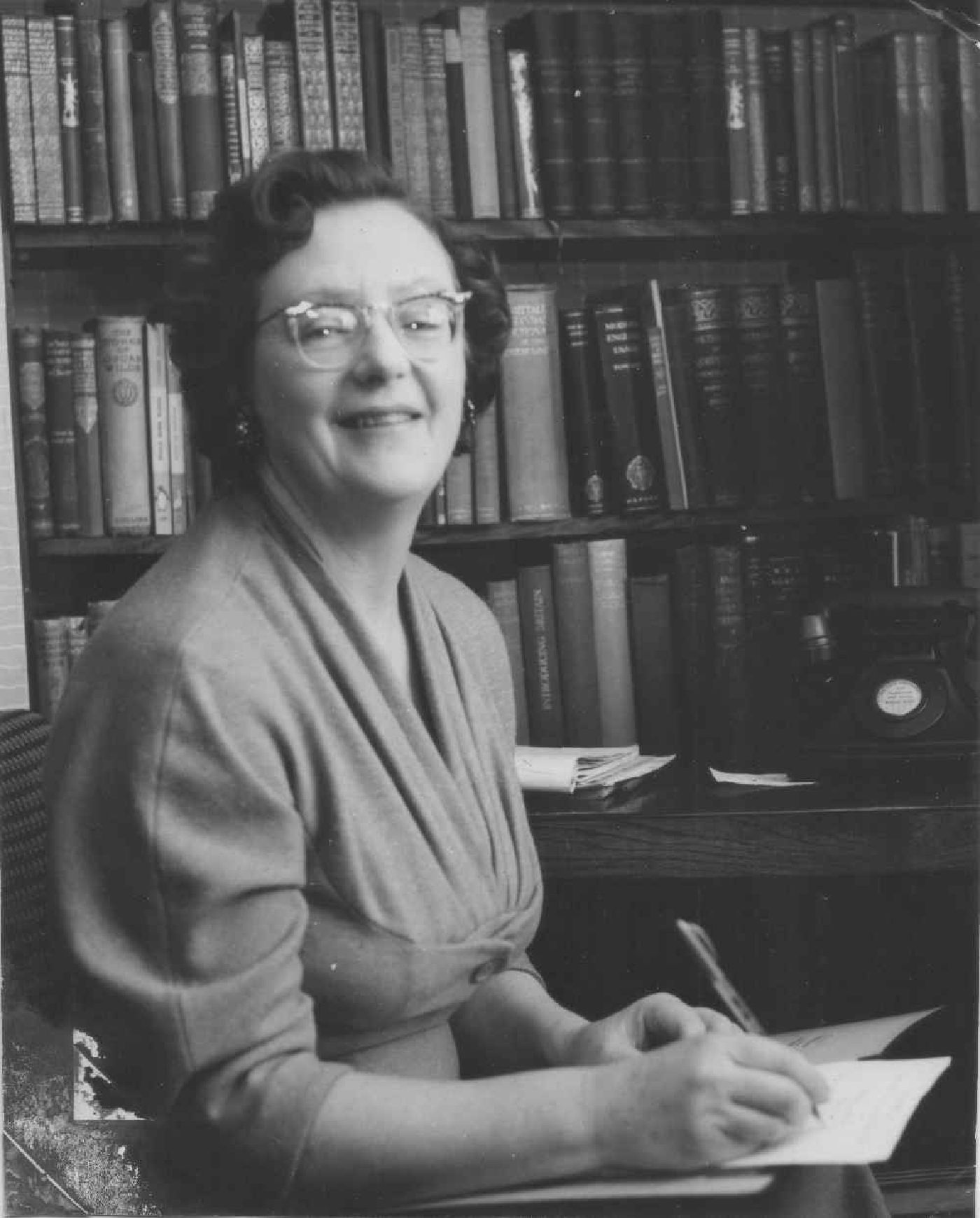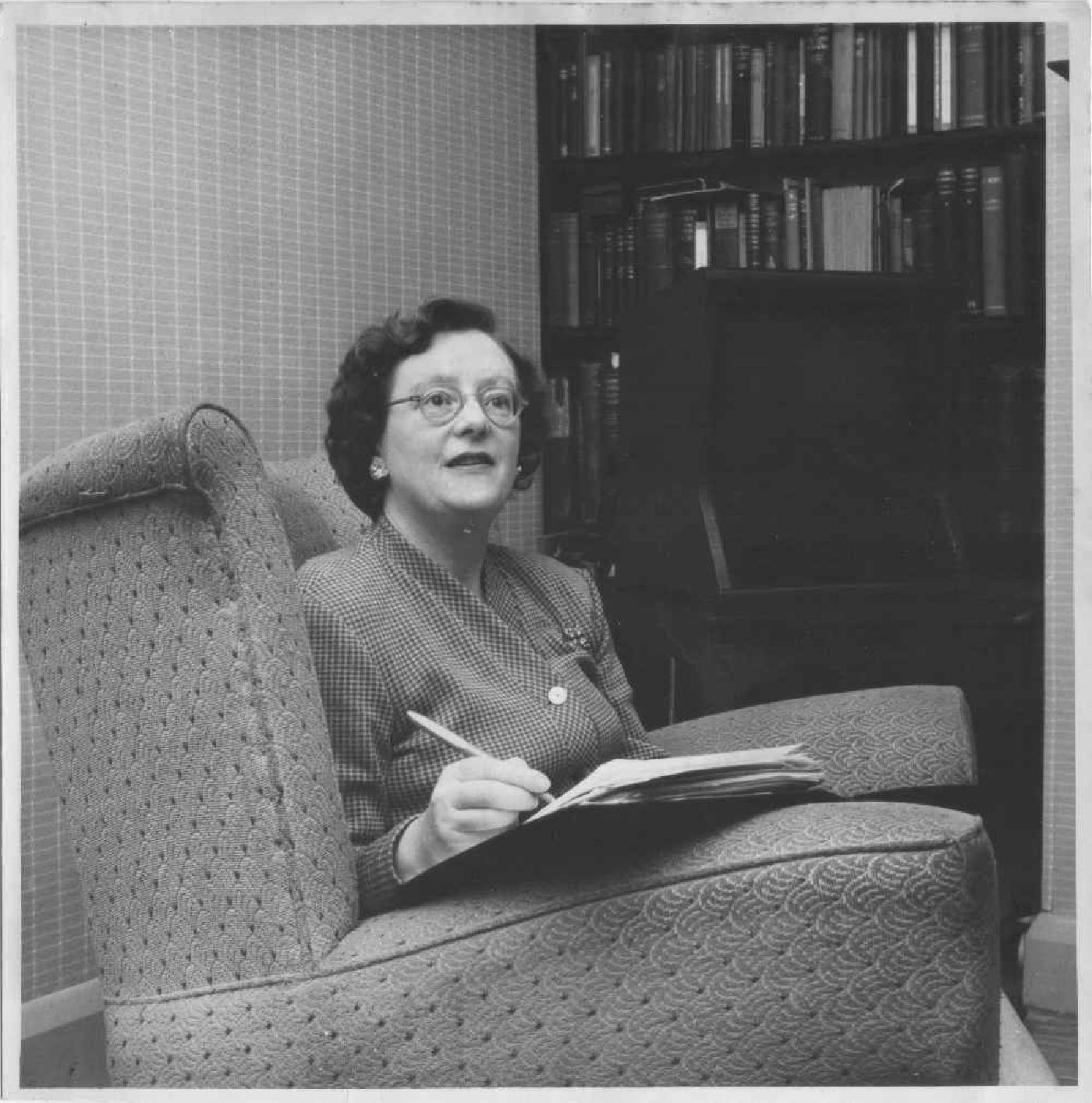Alice’s Diploma in Sociology had been completed in 1962, and by 1977 she had published an astonishing thirteen novels: the full bibliography which continues to 1989 is given on other pages of this site. She joined the Romantic Novelists Association, and was Chair from 1971-73; she was also a member of the Society of Women Writers and Journalists.
Alice was undoubtedly drawn to teaching. She gave classes in sociology for a few years, and ran a highly popular class in creative writing for many years, both at Harrow College initially, where she had studied for her Diploma, and later at home when the college ceased the course. Several of those she taught remained close friends.
It is interesting to note that Alice’s grandfather, Thomas Chetwynd, and her father Fred Humphrey both wrote stories: Chetwynd was principally a poet, but also a children’s author, and her father wrote occasionally, at times with a slant towards crime themes. There can be no doubt that the major influence on Alice was Jane Austen, all of whose works she had already read several times over by her late teens. She became an enthusiastic member of the Jane Austen Society, and clearly loved that immersion in an earlier age, notably one of elegance. But she would also have read widely in more recent popular writing, and it is hard not to see some influence stemming from the tastes instilled in the reading public by Georgette Heyer. Alice enjoyed crime fiction too, although not of the hard-boiled kind, and after mixing romantic themes with intrigue, and exploiting the implications of ‘reputation’ - for both men and women - in her chosen period, she did launch in later years a new hero who solved crimes with the help of his adventurous niece; this series (the Anthea and Justin Rutherford saga) was how she ended her career.
Apart from historical research conducted through the local library and via the printed word, Alice also did a great deal of field research into locations, taking short holidays in likely settings, and exploring many aspects of the Napoleonic period, from old inns to smugglers’ coves. She was well-informed on costume and ‘manners’ generally, and would become indignant when costume dramas on television ‘got it wrong’. There is a particularly telling story of how, in
The Georgian Rake, she formed the idea of the heroine climbing a tree and, unsure how practical that would have been in the long dresses of the period, donned her nightdress to make the experiment – much to the amazement of a neighbour who witnessed it all!
Some of her novels go back from the Regency (strictly speaking, 1811-20) and the overlapping Napoleonic period into the later part of the eighteenth century, and she created one family whose fortunes she followed in a short series (the Eversley saga). Her novels were translated into a number of foreign languages, and keenly read in the United States, as well as Canada and Australia. Paperback and large-print rights were sold, and most recently the novels have undergone a revival in e-book form with Sapere Books, and are being read widely once again.
She outlived her husband Ken, who died in 1994, by ten years. Both her sons, Richard and Graham, have written books, and Richard’s trilogy of novels, Seven Crowns of Oscalidor, is now available in e-book form while Graham has published academic books on theatre, although he has also taken recently to writing children’s stories.





